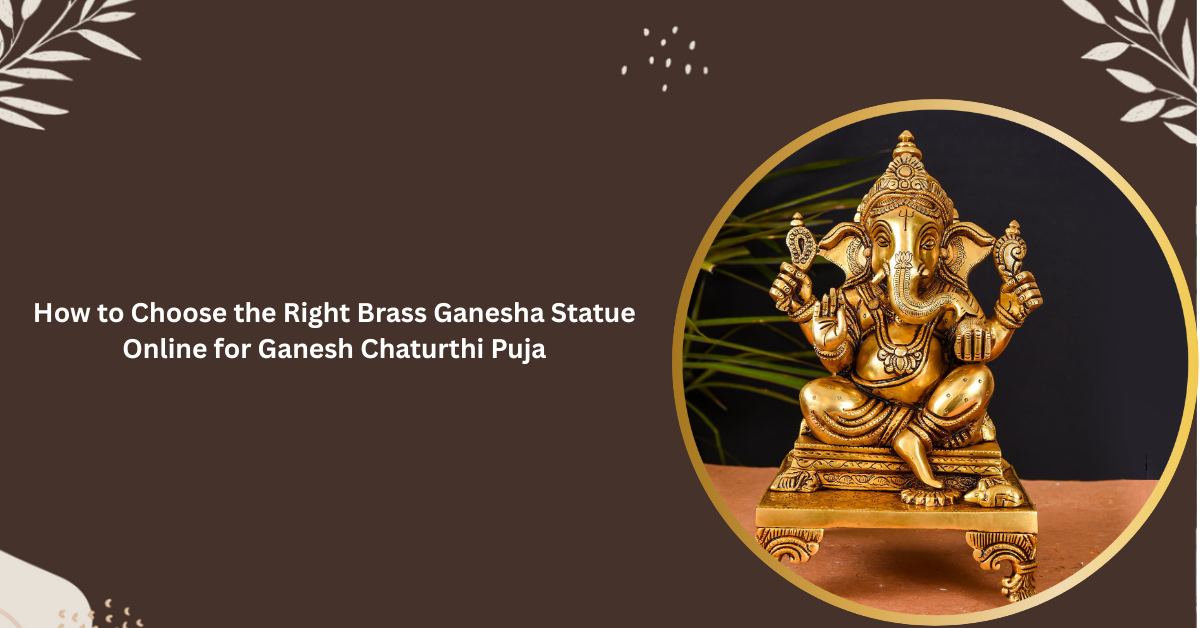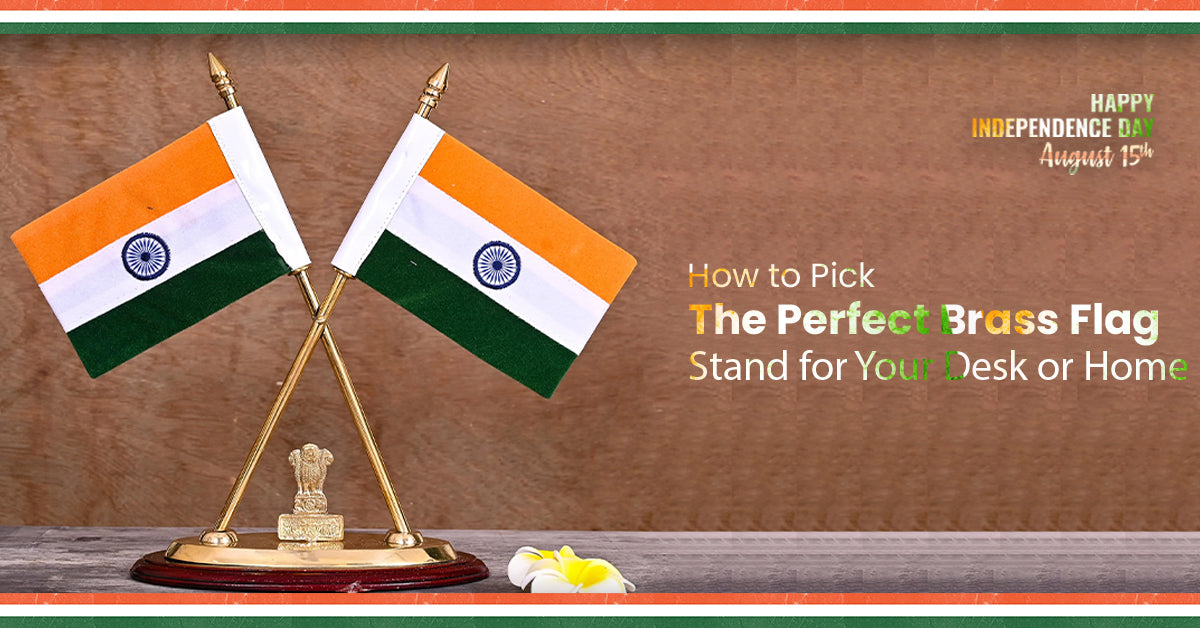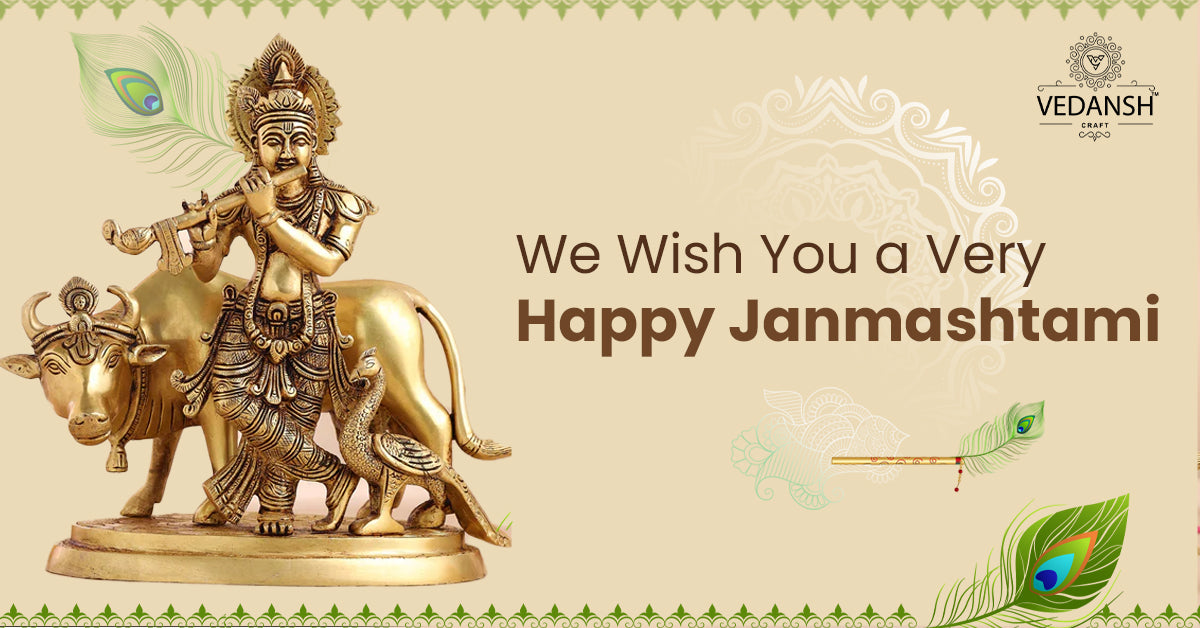

History Behind Rathyatra of Lord Jagannath
, by javed techqart, 8 min reading time
The Rathyatra of Lord Jagannath, one of the most revered festivals in Hinduism, is an annual procession that draws millions of devotees from around the world. This year, the anticipation and preparations for the Jagannath Rathyatra 2023 are reaching new heights. This grand celebration, known as the "Festival of Chariots," is marked by the majestic procession of intricately designed chariots carrying the deities through the streets.
The Jagannath Rathyatra holds immense historical and religious significance, rooted in ancient mythology and the rich traditions of India. Lord Jagannath and his siblings, Lord Balabhadra and Devi Subhadra, are worshipped as the presiding deity of the renowned Jagannath Temple in Puri, Odisha. The festival's origins can be traced back centuries, with historical references and legends interwoven to create a vibrant tapestry of devotion and cultural heritage.
In 2023, people eagerly await the commencement of the Jagannath Rathyatra 2023, which has become a prominent event not only for devotees but also for tourists and cultural enthusiasts. Understanding the festival's significance, customs, and impact on society is essential. Also, with its immense popularity, many may wonder whether Jagannath Rathyatra 2023 is designated as a public holiday, providing an opportunity for devotees and communities to come together and celebrate.
Join us on this enlightening journey as we unravel the captivating tale of the Rathyatra, a spectacle of faith, devotion, and communal celebration.
Origins and Mythological Background
The Rathyatra of Lord Jagannath has a deep-rooted historical significance, with references dating back several centuries. Historical accounts and inscriptions suggest that the festival was celebrated during the reign of King Purushottama Deva in the 12th century. These references highlight the early observance of the Jagannath Rathyatra and its association with the Jagannath Temple in Puri.
The Jagannath Rathyatra is closely linked to the legend of Lord Jagannath and his siblings, Lord Balabhadra and Devi Subhadra. According to mythology, Lord Jagannath is an incarnation of Lord Krishna, and the deities' divine forms represent an amalgamation of various divinities. The legend narrates how Lord Jagannath and his siblings embarks on an annual journey to visit their aunt, Gundicha, in a symbolic display of familial love and devotion.
The association of Lord Jagannath with Lord Krishna, a central figure in Hindu mythology, further enriches the significance of the Rathyatra. Lord Krishna's divine pastimes in Vrindavan and his chariot ride during the Mahabharata era are believed to have influenced the tradition of the Rathyatra. The festival symbolizes Lord Krishna's love for his devotees and his eternal presence in their lives.
The Ritual of Rathyatra
Months before the Rathyatra, elaborate preparations are made for constructing the massive chariots. Skilled artisans meticulously craft chariots using traditional methods and specific measurements. The chariots are adorned with vibrant colors, intricate carvings, and decorative motifs that reflect the divine grandeur of Lord Jagannath, Lord Balabhadra, and Devi Subhadra.
The Jagannath Rathyatra procession follows a designated route in Puri, starting from the Jagannath Temple and culminating at the Gundicha Temple, around two miles away. Along the way, the chariots pass through various landmarks, including the famous Bada Danda (Grand Avenue) and the Mausi Maa Temple. These landmarks hold historical and religious significance, adding to the spiritual essence of the journey.
Devotees eagerly await the Rathyatra, and their participation is marked by immense religious fervor and devotion. People from all walks of life come together to pull the chariots, with devotees considering it a sacred privilege to be part of the procession. The atmosphere during the Jagannath Rathyatra is filled with joyous chants, religious songs, and traditional musical instruments, creating an ambiance of spiritual bliss.
As the Jagannath Rathyatra 2023 of Lord Jagannath approaches, the preparations, rituals, and enthusiasm surrounding this grand festival are set to captivate the hearts of millions. While the festival holds immense religious and cultural significance, it is essential to explore whether it is designated as a public holiday, providing devotees and communities an opportunity to immerse themselves in the divine fervor of the Rathyatra.
Symbolism and Beliefs
In the Jagannath Rathyatra 2023, the chariots hold profound symbolic significance. The chariot of Lord Jagannath, called Nandighosa, represents the abode of the deity and is the largest among the three. Lord Balabhadra's chariot, Taladhwaja, symbolizes strength and power, while Devi Subhadra's chariot, Darpadalana, represents grace and compassion. These chariots are manifestations of the divine, and their construction and procession symbolize the divine presence among the devotees.
The Jagannath Rathyatra is not merely a physical procession; it carries a deeper spiritual meaning. The chariot journey from the Jagannath Temple to the Gundicha Temple is seen as a metaphorical representation of the soul's journey toward God. It signifies the devotee's longing for union with the divine, overcoming worldly attachments, and the quest for spiritual enlightenment. The Jagannath Rathyatra encourages devotees to embark on their own inward journey, seeking a deeper connection with Lord Jagannath.
One of the central beliefs associated with the Jagannath Rathyatra is the concept of divine union. Lord Jagannath, known as the Lord of the Universe, symbolizes the all-encompassing love and inclusivity of the divine. The Jagannath Rathyatra allows devotees to experience a profound unity and oneness with Lord Jagannath. It is believed that during the festival, the deity showers blessings and bestows his grace upon all those who participate, reinforcing the bond between the divine and the devotees.
Historical Significance and Evolution
The Jagannath Temple in Puri and the Gajapati dynasty have significantly shaped the Jagannath Rathyatra festival. The temple, considered one of the holiest pilgrimage sites in India, has been a center of worship for centuries and has exerted a considerable influence on the festival's traditions and rituals. The Gajapati dynasty, as patrons of the temple, contributed to the festival's grandeur and prominence in the region.
Throughout history, various rulers and reformers have contributed to the evolution and preservation of the Rathyatra. Kings and emperors, such as Emperor Akbar and King Chhatrapati Shivaji, recognized the festival's cultural significance and made notable contributions to its celebration. Moreover, social reformers like Mahatma Gandhi and Swami Vivekananda emphasized the festival's communal harmony and inclusiveness, shaping its perception and reach.
The Jagannath Rathyatra is a powerful symbol of communal harmony and unity, transcending religious boundaries. Devotees from different backgrounds, faiths, and communities come together to partake in the festivities, pulling the chariots with shared enthusiasm. The festival has served as a platform for fostering goodwill, understanding, and peaceful coexistence among diverse groups of people, promoting a sense of oneness and harmony.
As the Jagannath Rathyatra 2023 approaches, the profound symbolism and beliefs associated with the festival continue to inspire and captivate devotees. Moreover, the historical significance of the Jagannath Temple, the influence of different rulers, and the festival's role in promoting communal harmony highlight the enduring legacy and relevance of the Jagannath Rathyatra in today's society.
Regional Variations and Celebrations
While the Rathyatra of Lord Jagannath in Puri, Odisha, is the most renowned, variations of the festival are celebrated in different regions of India. For example, the Jagannath Rathyatra in Ahmedabad, Gujarat, is characterized by vibrant processions and elaborate decorations. In West Bengal, the festival is celebrated as the "Ratha Yatra of Mahesh" in the town of Mahesh, where Lord Jagannath is worshipped with great fervor.
Each region has its distinct customs and rituals associated with the Rathyatra. In Puri, the festival includes the "Chhera Pahanra" ceremony, where the Gajapati King sweeps the chariots with a golden broom as a symbol of his humility and servitude to Lord Jagannath. In some places, devotees observe the "Ulto Rath Yatra," where the chariots are pulled reversely to fulfill a particular wish or vow.
Rathyatra 2023
In recent times, the Jagannath Rathyatra has witnessed exponential growth in terms of scale and participation. The festival attracts millions of devotees worldwide, making it one of the largest religious gatherings. The streets of Puri and other cities resonate with the joyous chants and the rhythmic sounds of the chariots, creating an awe-inspiring spectacle that showcases the enduring faith and devotion of the devotees.
The Rathyatra of Lord Jagannath is a magnificent celebration deeply ingrained in India's religious and cultural fabric. The anticipation and preparations for the Rathyatra 2023 are reaching new heights, with millions of devotees eagerly awaiting the divine journey of Lord Jagannath and his siblings.
The festival's regional variations and celebrations across different parts of India add to its diversity and showcase the profound cultural heritage associated with the Jagannath Rathyatra 2023. Notable celebrations outside India, embraced by the Indian diaspora, further highlight the festival's universal appeal and ability to transcend boundaries.
While the Jagannath Rathyatra 2023 is not designated as a public holiday nationwide, it holds immense importance in the lives of devotees and communities. The scale and enthusiasm of the festival have grown significantly in recent times, attracting millions of participants and impacting tourism and cultural exchange. Efforts are being made to address modern challenges and ensure the smooth organization of the festival while preserving its sacred traditions.
The Jagannath Rathyatra 2023 promises to be a grand spectacle of faith, devotion, and communal celebration. As devotees come together to witness and participate in this auspicious event, they will continue to be inspired by the festival's deep-rooted symbolism, rich history, and ability to foster unity and spiritual enlightenment.
Blog posts




